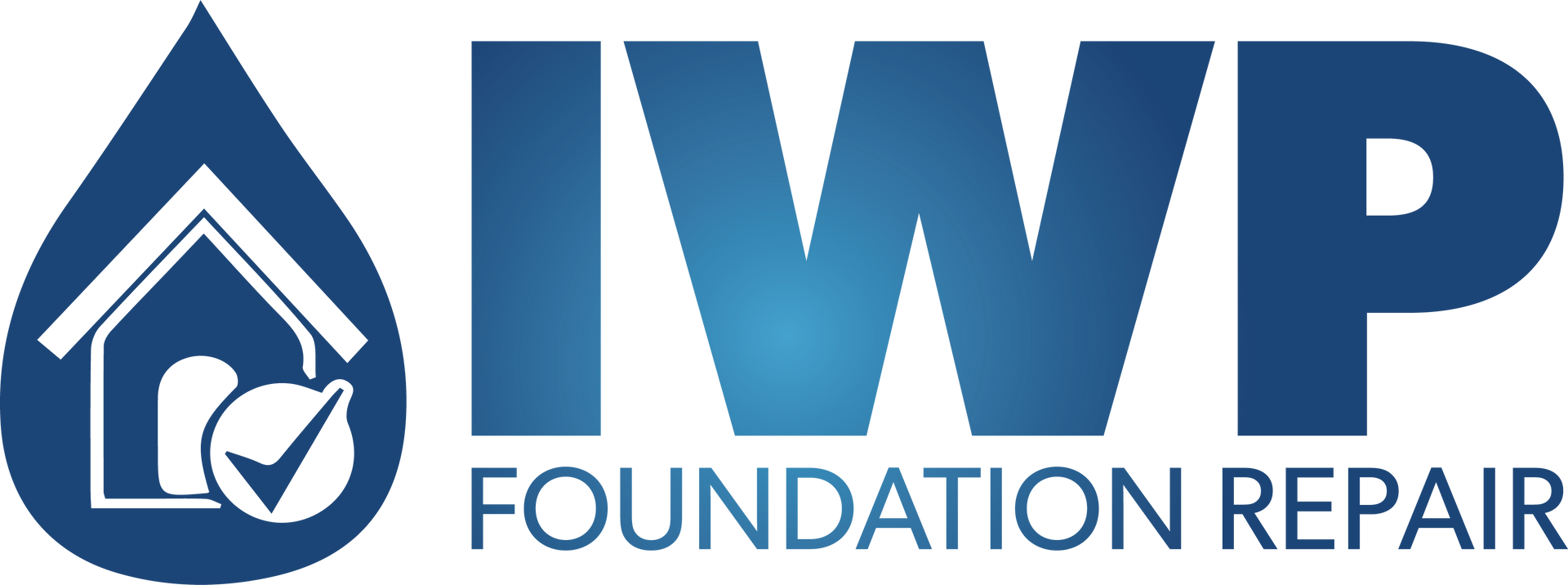Addressing Foundation Issues in Older Homes: Challenges and Best Approaches
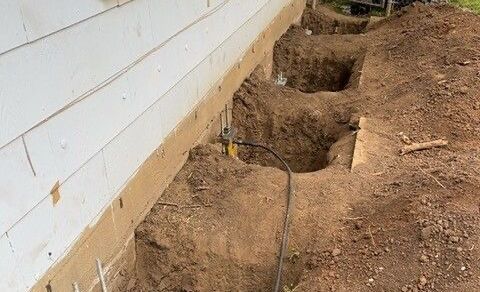
Addressing Foundation Issues in Older Homes: Challenges and Best Approaches
Older homes ofter possess a unique charm and character that modern buildings can't quite replicate. However, these homes also come with their own set of challenges, particularly when it comes to foundation maintenance and repair. Addressing foundation issues in older homes requires a careful approach that considers the age and construction methods of the property, as well as the specific problems that may arise. This article will explore the unique challenges of repairing foundations in older homes and provide the best strategies for tackling these issues effectively.
Unique Challenges of Repairing Foundations in Older Homes
1. Aging Materials
- Degradation: The materials used in older homes, such as brick, stone, or early concrete mixtures, can degrade over time. This natural wear and tear can compromise the foundation's integrity.
- Compatibility: Modern repair materials and techniques may not always be compatible with the original materials, posing a challenge in maintaining structural and aesthetic integrity.
2. Outdated Construction Techniques
- Building Standards: Older homes were built according to the building codes and standards of their time, which may not meet current regulations. This can create challenges when integrating new repair techniques with old construction methods.
- Foundation Types: The types of foundations used in older homes, such as rubble or brick foundations, differ significantly from modern poured concrete foundations. Each type presents unique repair challenges.
3. Settling and Shifting
- Natural Settling: Over decades, older homes naturally settle into the soil, which can cause unevenness and cracks in the foundation.
- Soil Changes: Changes in the surrounding soil composition and moisture levels over time can exacerbate foundation problems, especially if the soil was not adequately compacted during the original construction.
4. Limited Access
- Crawlspaces: Many older homes have crawlspaces instead of full basements, which can limit access and make repairs more challenging.
- Interior Obstacles: Existing finishing interiors and historical features can make it difficult to access and repair the foundation without causing significant disruption.
5. Previous Repairs
- Patchwork Fixes: Older homes may have undergone multiple repairs over the years, some of which may have been temporary and improperly executed. Assessing and correcting these previous repairs can add complexity to the projects.
Best Approaches to Foundation Repair in Older Homes
1. Comprehensive Assessment
- Professional Inspection: Hire a structural engineer or a foundation specialist to conduct a thorough inspection of the home. They can identify the extent of the damage, the causes, and the best approach for repair.
- Historical Research: Understanding the home's construction history can provide valuable insights into potential issues and appropriate repair methods.
2. Selecting Appropriate Repair Methods
- Compatible Materials: Use repair materials that are compatible with the original construction to ensure structural integrity and maintain the home's aesthetic appeal. For example, lime-based mortars might be used for brick or stone foundations.
- Modern Techniques with Care: Integrate modern repair techniques carefully to respect the home's original construction. Techniques like underpinning with helical piers or push piers can provide stability without extensive excavation.
3. Addressing Soil Issues
- Soil Stabilization: If soil instability is contributing to foundation problems, consider soil stabilization methods such as compaction grouting or chemical stabilization to improve soil strength and prevent further shifting.
- Drainage Improvements: Ensure proper drainage around the home to prevent water accumulation the can lead to soil erosion and foundation damage. This may involve installing French drains, extending downspouts, and regarding the landscape.
4. Foundation Reinforcement
- Underpinning: Underpinning involves strengthening and stabilizing the existing foundation. This can be done using traditional methods, like concrete piers, or more modern techniques, such as helical piers or steel push piers.
- Bracing and Support: In cases where foundation walls are bowing or cracking, bracing methods such as wall anchors or carbon fiber straps can provide additional support and prevent further movement.
5. Moisture Management
- Waterproofing: Waterproof the foundation to prevent moisture infiltration, which can exacerbate existing cracks and contribute to further deterioration. This may involve applying waterproof membranes or sealants.
- Crawlspace Encapsulation: For homes with crawlspaces, encapsulation can reduce moisture levels and improve air quality. This involves sealing the crawlspace with a vapor barrier and potentially installing a dehumidifier.
6. Addressing Previous Repairs
- Correcting Poor Repairs: Identify and correct any previous repairs that were improperly executed. This may involve removing and replacing old patchwork repairs with more durable solutions.
- Integrating Old and New Repairs: Ensure that new repairs seamlessly integrate with any existing repairs to maintain structural integrity and prevent further issues.
Repairing the foundation of an older home requires a thoughtful and informed approach that respects the original construction while incorporating modern, effective techniques. By understanding the unique challenges posed by older homes, such as aging materials, outdated construction methods, and previous repairs, homeowners can make informed decisions about the best repair strategies. Comprehensive assessments, compatible repair materials, soil stabilization, and proper moisture management are key components of a successful foundation repair plan for older homes. By taking these steps, homeowners can preserve the structural integrity and historical value of their property for years to come.
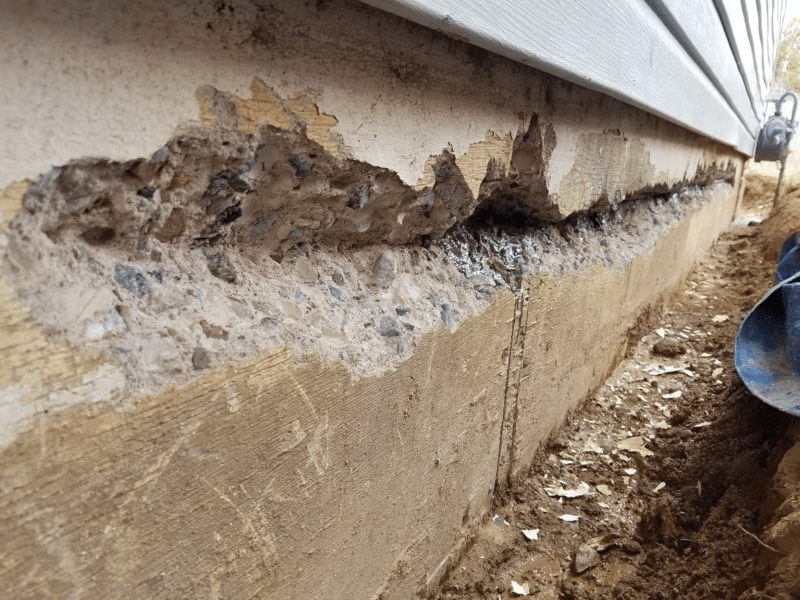
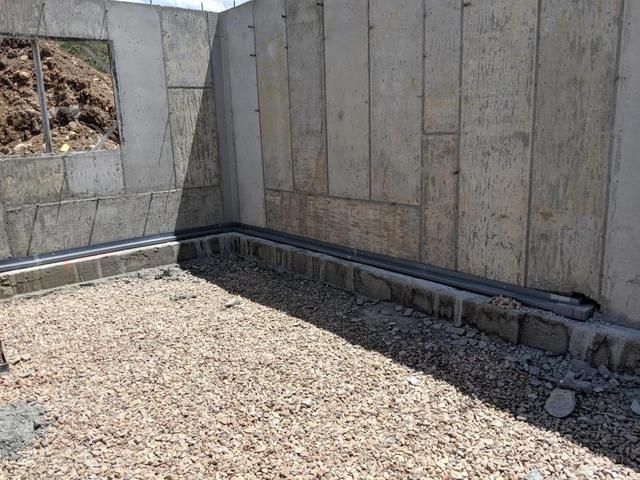


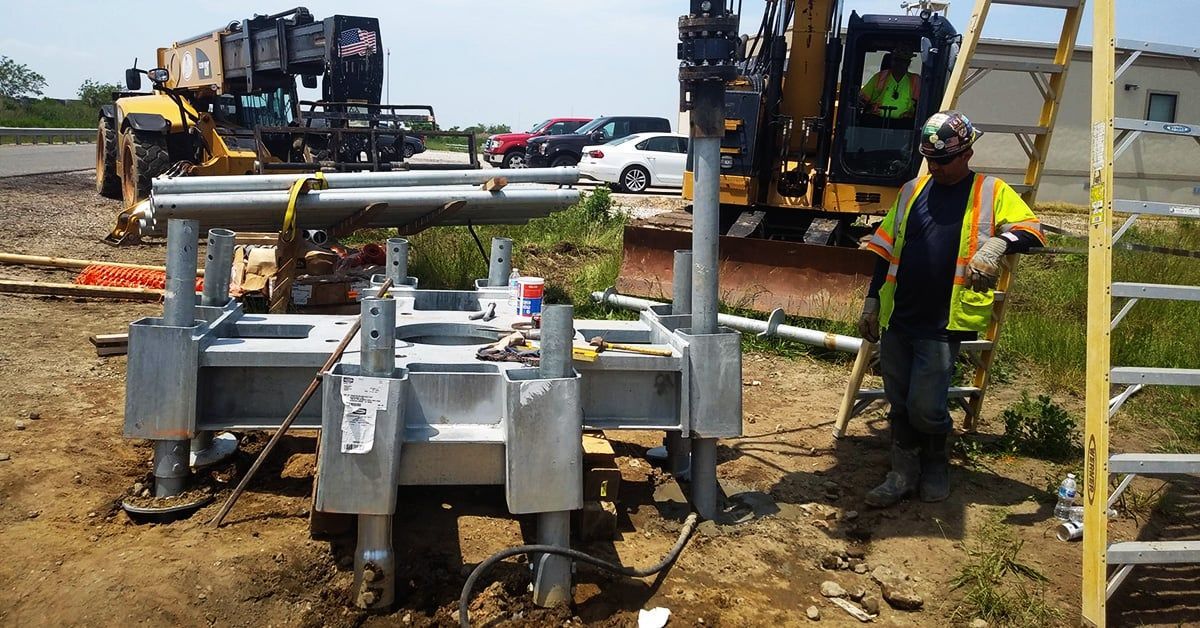


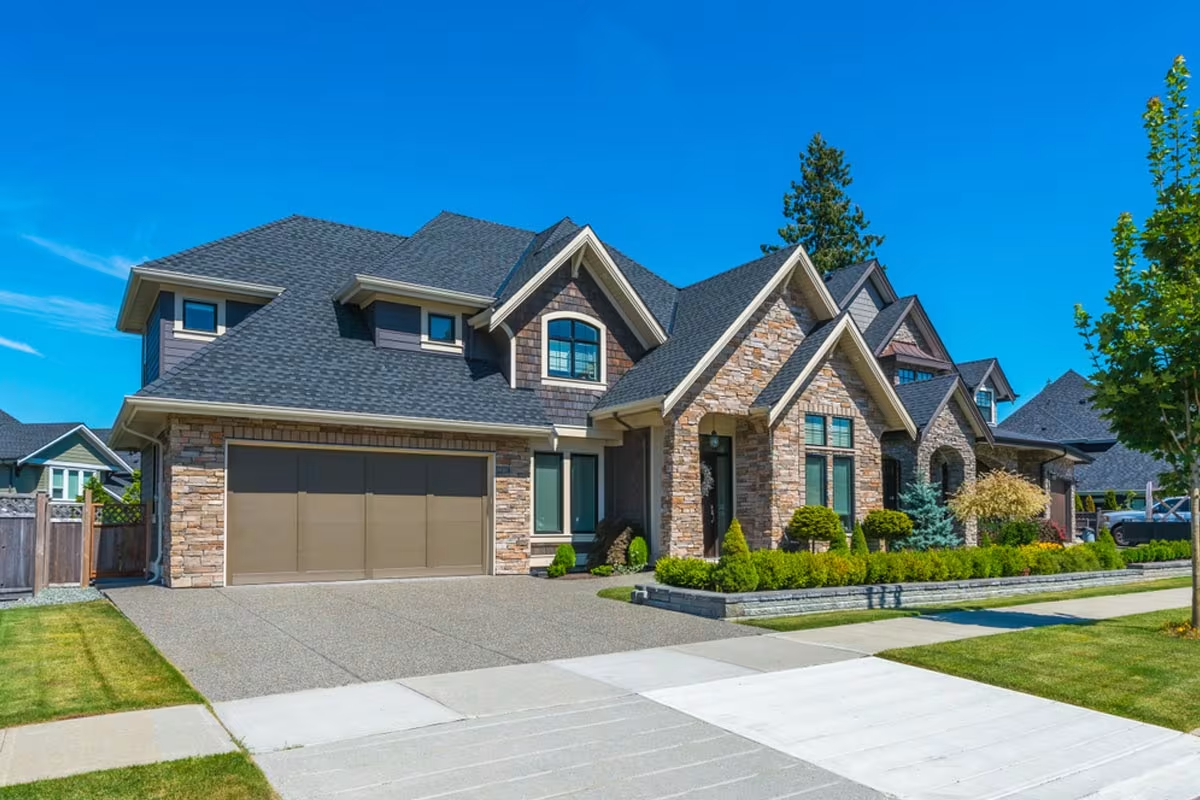


HAVE PEACE OF MIND WITH IWP FOUNDATION REPAIR
With over 30 years of combined experience in the business, you know that you can trust our team to get the job done right the first time. We value the customer experience, which is why we take the time to listen to your concerns, answer all your questions, and explain the best plan of action for your home. If you’ve noticed any foundation issues at all, no matter how minor they seem, you should call a professional. Our expert team is waiting for you, so call today for a free evaluation!
